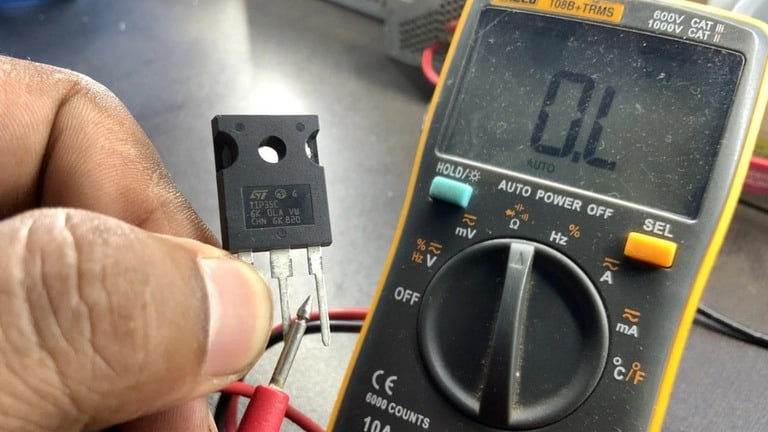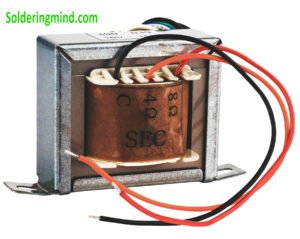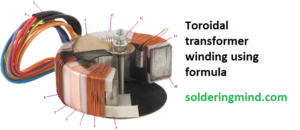
Should a transistor have continuity? certainly the answer is Yes, a transistor should have continuity in certain parts of its circuitry for it to work correctly.
A transistor is an electronic componenent with three terminals that is used to amplify or switch electronic signals and power managing. It have three layers named as the emitter, base, and collector.
To understand continuity in a transistor, we need to consider different regions within it.
Continuity in Bipolar Juction Transistor
In a common type of transistor called a bipolar junction transistor (BJT), there should be continuity in specific paths
Continuity on Emitter Base Junction
There should be continuity between the emitter and base regions when a forward bias is applied. This allows current to flow from the emitter to the base, controlling the transistor’s behavior.
Base Collector Junction
There should be continuity between the base and collector regions when a reverse bias is applied.
This allows the transistor to function as an amplifier or a switch, where the collector current is controlled by the base current.
However, it’s important to note that continuity is not expected between the collector and emitter terminals in a BJT. These terminals are separated by the base region, which is typically reverse-biased. Therefore, if there is continuity between the collector and emitter terminals, it indicates a fault or a short circuit.
Summary
for a transistor to operate correctly, it should have continuity in the appropriate junctions and paths necessary for its intended operation, while specific regions should show discontinuity to ensure proper functionality.
You may Also Like this
- Why do transistors have three legs
- Why do BD139 transistor: Why it is used in electronic circuits
- Major difference between diode and transistor
- Why Npn transistor prefers over PNP?




